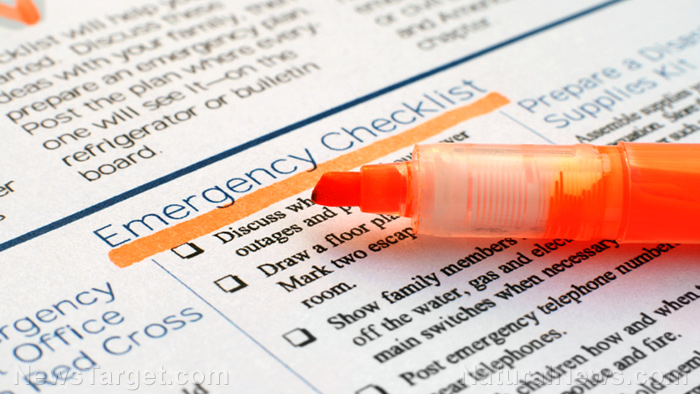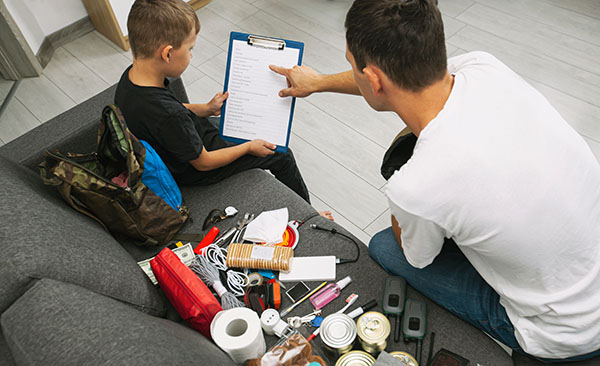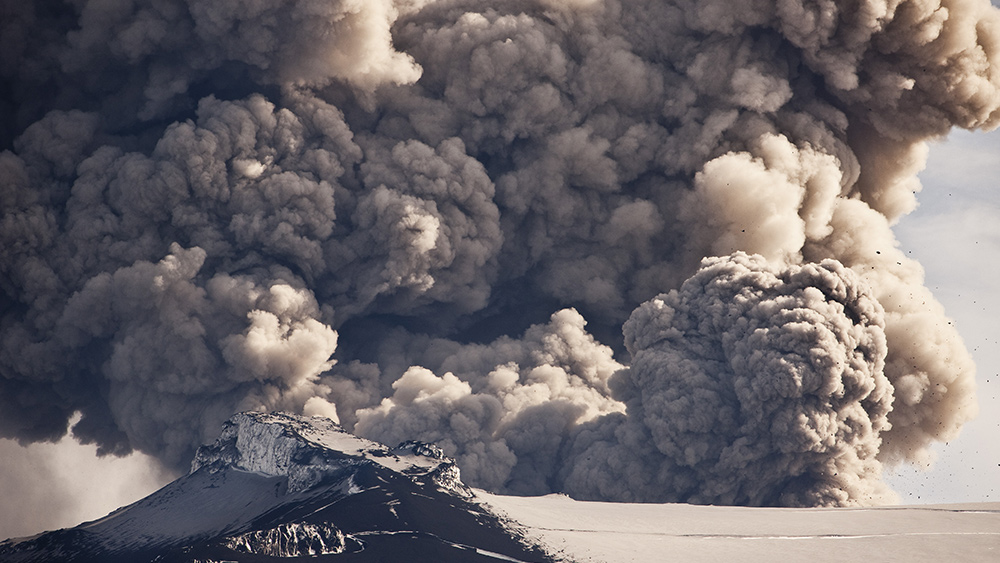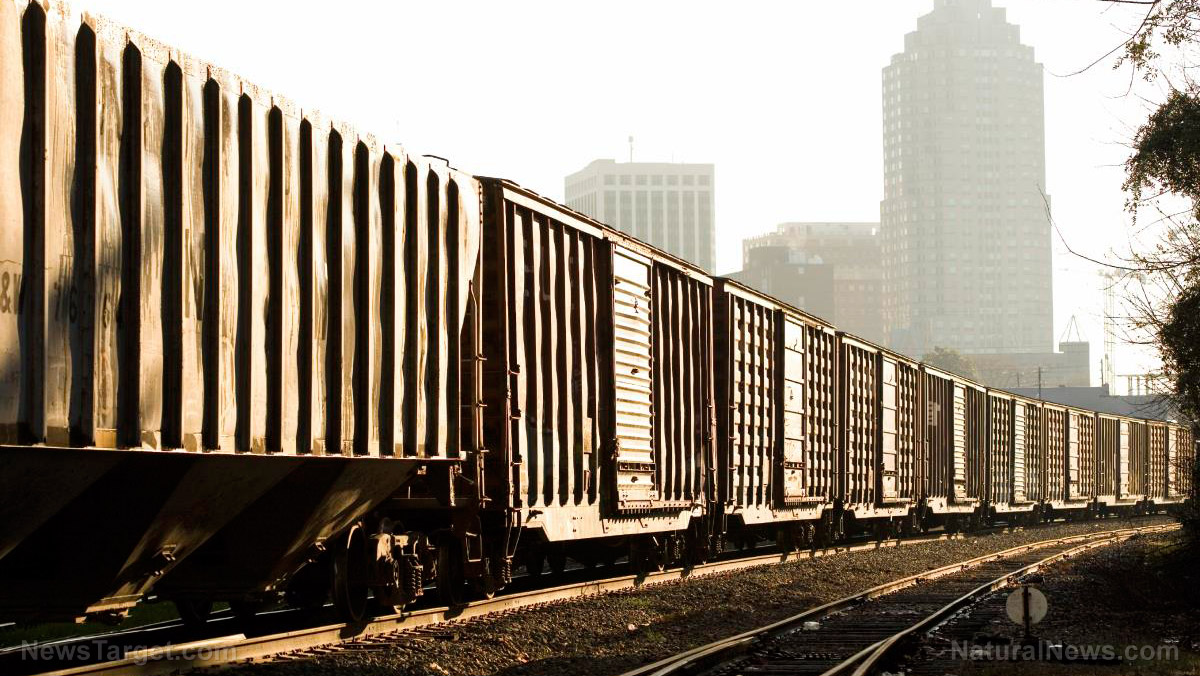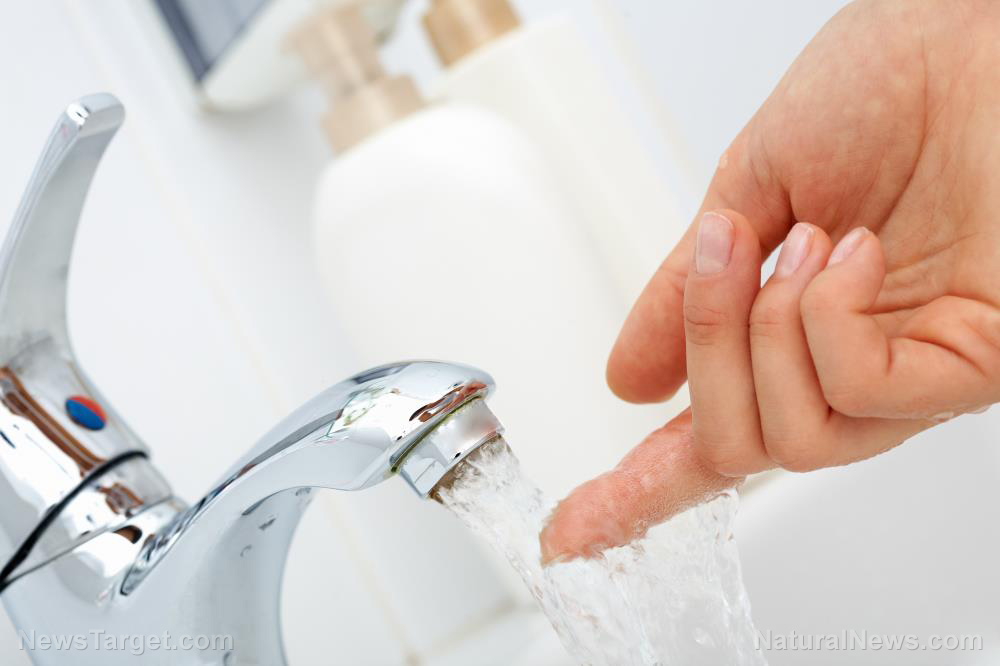
Water conservation is important regardless of whether you're a homesteader or not. But it's doubly critical if you're running a homestead because you have other things to spend water on, such as irrigating crops and keeping farm animals hydrated. Conserving water ensures that you have enough water supplies to keep your homestead running during the driest months of the year.
How to conserve water on your homestead
By conserving water, you can keep your water bills down or reduce your workload if you're sourcing your own water. Check out the following tips to conserve water on your homestead: (h/t to Hillsborough-Homestead.com)
Use new dishwashers
It may seem like dishwashers use a lot more water than washing the dishes by hand. But in the case of dishwashers built from 2013 onward, the opposite is actually true. In fact, using an Energy Star-certified dishwasher can save you almost 5,000 gallons of water every year.
Opt for car wash
Hiring someone else to wash your car is another expense. It also chips away at the lifestyle of self-sufficiency you have cultivated as a homesteader. But look into it if you're willing to go the extra mile to conserve water.
Save pasta water
You can use the water you used for cooking pasta and other similar foods to water your crops.
Collect shower water
You can use "gray" water to flush the toilet, water your plants and more. There are various devices that allow you to recycle shower water.
Check your toilets and faucets regularly
Give all of the toilets and faucets in your home a maintenance check every now and then to ensure that they're not leaking.
Install a tap aerator
This device is installed at the tip of a faucet to prevent splashing. It shapes the stream of water coming out of the faucet to produce a straight and evenly pressured stream. This, in turn, helps conserve water.
Reduce water flow in flush toilets
Put a plastic bottle in the back of your flush toilet to reduce the amount of water used for each flush.
Use a composting toilet
Toilets of this kind don't need to be flushed.
Take short showers
Taking a shower uses less water than taking a bath provided that you don't shower for a long time. On average, it takes 36 gallons to fill a bathtub while the average shower requires only five gallons.
Bathe your baby in the sink
If you have a toddler, bathe him or her in the sink so you don't have to fill a bathtub.
Grow drought-tolerant crops
Drought-tolerant crops include beans of all kinds, okra, quinoa, sweet potato, corn, eggplant, Armenian cucumber and Swiss chard.
Garden via the "Back to Eden" method
Back to Eden gardening involves growing crops based on the way nature intends them to grow. It can save water because it increases water retention.
Employ drip irrigation
Drip irrigation involves running water through holed pipes that are either buried or lying slightly above ground next to the crops. Water then slowly drips into the crop roots and stems. This irrigation system is perfect for water conservation because it delivers uniform amounts of water straight to where it needs to go.
Use a soil moisture meter
This device will allow you to gauge exactly when your soil needs watering.
Harvest rainwater
Connect water drums to the pipes running down the side of your house. When it rains, the runoff will drain into the gutter and make its way into the drums. You can use rainwater to water your crops, wash farm animals and more. (Related: A how-to guide to harvesting rainwater.)
Running a homestead can increase your water consumption since you have to take care of things that non-homesteaders don't have to bother doing. Apply the tips listed here to conserve water.
Sources include:
Please contact us for more information.

















